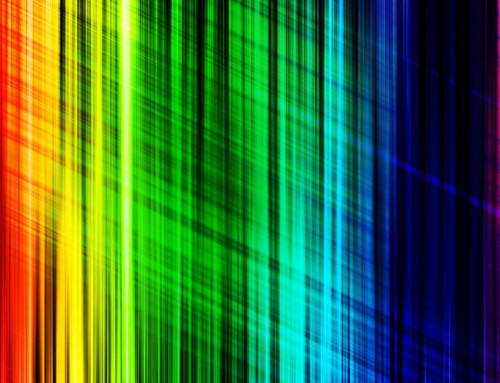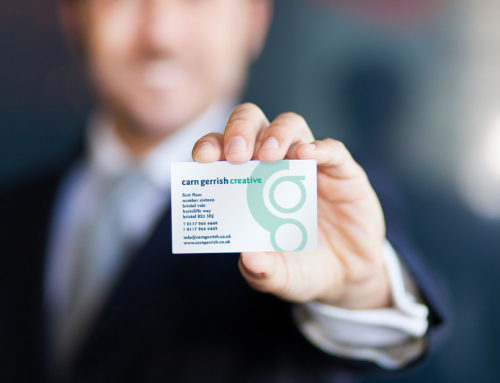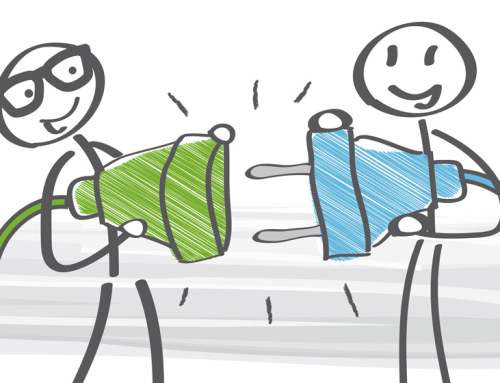Over the last few years, the world of software and application design has undergone a rapid shift from complex three-dimensional elements to flat and minimal grids. So how did we get here? What influence does this change have on the design world? How do you keep up and design the best flat and thin layouts?
Design Trends – How Did We Get Here?
When you think about it, it is actually pretty hard to believe that we went from an obsession with textures and drop-shadows to flat simple typography in just a few years. There are many different factors that caused this shift in the design world.
- Too Much Information
In a constantly connected media-driven world, consumers deal with a continuous flow of relevant and irrelevant information. This forces them to expend a lot of energy just evaluating and filtering through information. The growing popularity of mobile devices with smaller screens has emphasised this problem. The flat and thin designs of today allow consumers to take a break from information overload.
- Technological Evolution
 Over the last decade, an array of new technologies and devices has entered the market. After the initial fascination in the advanced interface capabilities of these devices, consumers have realised that content is what really matters. They simply want the interface design to get out of the way so that they can enjoy great content. It is also worth noting that the technological literacy has grown throughout all demographics. In the past, designers had to make sure that important elements stood out on the screen. Now, they can utilise more subtle elements without sacrificing performance.
Over the last decade, an array of new technologies and devices has entered the market. After the initial fascination in the advanced interface capabilities of these devices, consumers have realised that content is what really matters. They simply want the interface design to get out of the way so that they can enjoy great content. It is also worth noting that the technological literacy has grown throughout all demographics. In the past, designers had to make sure that important elements stood out on the screen. Now, they can utilise more subtle elements without sacrificing performance.
How to Go Flat and Thin
Believe it or not, creating a powerful flat-and-thin design comes with numerous challenges. As you start to take out common design tricks such as textures, bevels and drop-shadows, you realise the importance of the few tricks you have left.
- Does it Make Sense?
Before you start any project, you must ensure that the style you are choosing to use makes sense in the application. If you’re going to rely on flat design, it should align with the target users’ needs and work well with the target devices, applications and other platforms. Your hard work will be worthless if flat design is the wrong solution for your application.
- A Simple Process
When aiming for a simple design, you must follow a different process while your work. Look to minimal painters and pre-PC era designers for inspiration. Take frequent breaks so that you can work with fresh eyes. Do side by side comparisons to choose the best design option. Check your scale on an array of different devices to make sure they work. Before adding any element, ask yourself whether you really need it or not. The goal is to stay minimal.
Although there are countless other best practices for flat-and-thin design, these should get you started. Always remember that design has no real rules. Use your own ideas and create something unique!






Leave A Comment
You must be logged in to post a comment.